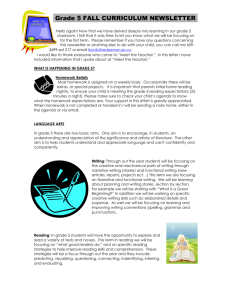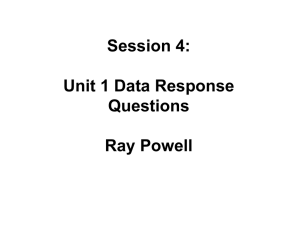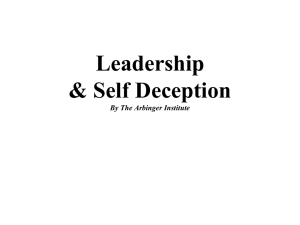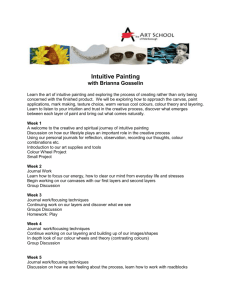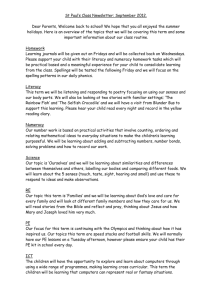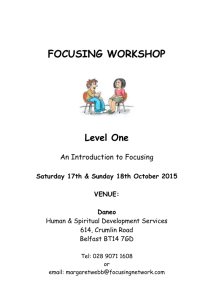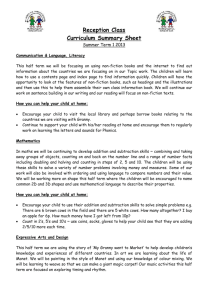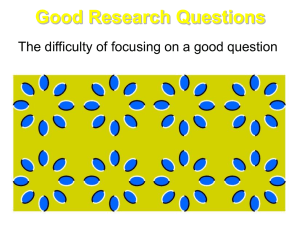Vision Therapy, Oct 2010 - Killarney Optometric Centre
advertisement
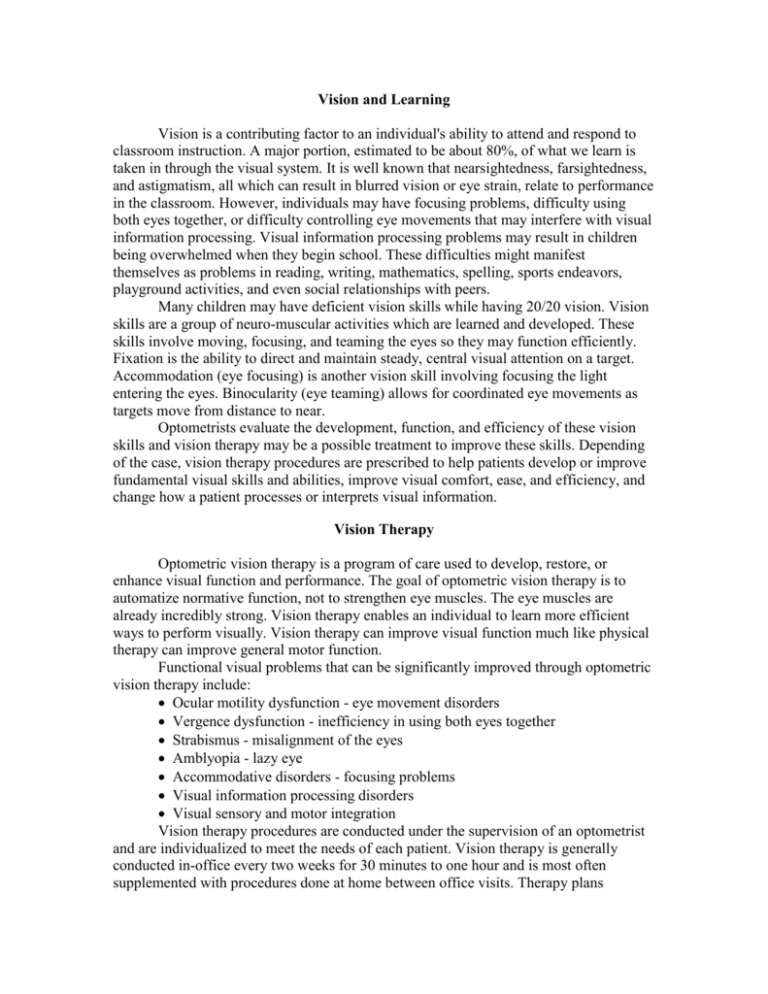
Vision and Learning Vision is a contributing factor to an individual's ability to attend and respond to classroom instruction. A major portion, estimated to be about 80%, of what we learn is taken in through the visual system. It is well known that nearsightedness, farsightedness, and astigmatism, all which can result in blurred vision or eye strain, relate to performance in the classroom. However, individuals may have focusing problems, difficulty using both eyes together, or difficulty controlling eye movements that may interfere with visual information processing. Visual information processing problems may result in children being overwhelmed when they begin school. These difficulties might manifest themselves as problems in reading, writing, mathematics, spelling, sports endeavors, playground activities, and even social relationships with peers. Many children may have deficient vision skills while having 20/20 vision. Vision skills are a group of neuro-muscular activities which are learned and developed. These skills involve moving, focusing, and teaming the eyes so they may function efficiently. Fixation is the ability to direct and maintain steady, central visual attention on a target. Accommodation (eye focusing) is another vision skill involving focusing the light entering the eyes. Binocularity (eye teaming) allows for coordinated eye movements as targets move from distance to near. Optometrists evaluate the development, function, and efficiency of these vision skills and vision therapy may be a possible treatment to improve these skills. Depending of the case, vision therapy procedures are prescribed to help patients develop or improve fundamental visual skills and abilities, improve visual comfort, ease, and efficiency, and change how a patient processes or interprets visual information. Vision Therapy Optometric vision therapy is a program of care used to develop, restore, or enhance visual function and performance. The goal of optometric vision therapy is to automatize normative function, not to strengthen eye muscles. The eye muscles are already incredibly strong. Vision therapy enables an individual to learn more efficient ways to perform visually. Vision therapy can improve visual function much like physical therapy can improve general motor function. Functional visual problems that can be significantly improved through optometric vision therapy include: Ocular motility dysfunction - eye movement disorders Vergence dysfunction - inefficiency in using both eyes together Strabismus - misalignment of the eyes Amblyopia - lazy eye Accommodative disorders - focusing problems Visual information processing disorders Visual sensory and motor integration Vision therapy procedures are conducted under the supervision of an optometrist and are individualized to meet the needs of each patient. Vision therapy is generally conducted in-office every two weeks for 30 minutes to one hour and is most often supplemented with procedures done at home between office visits. Therapy plans typically involve lenses, prisms, optical instruments, and specially adapted computers. The specific materials are less important than the feedback provided to the patient to enable change. Some of the common symptoms relieved through vision therapy include eye strain, visually induced headaches, inability to concentrate when doing visual tasks, and errors such as loss of place or reversals when reading or writing. More often, individuals have no recognized symptoms due to their avoidance of visually demanding tasks or an adaptation that decreases their performance. Vision Assessment Any assessment of a child who is experiencing reading or learning problems should also include a comprehensive vision evaluation. Attempting to function in school with poor visual abilities may result in fatigue, short attention span, avoidance of near work, slower performance, and reversals or transpositions. In Manitoba, children may have a basic vision exam every one to two years, depending on the case, covered by Manitoba Health. If appropriate, a second evaluation may be required to determine if the child has adequate vision skills and if Vision Therapy is appropriate. Fees can be discussed with the child's family at that time. Symptoms Checklist Symptoms Possible Vision Problems -Complains of blurred vision -Rubs eyes frequently -Squints Nearsightedness, Farsightedness, or Astigmatism -inability to see clearly in the distance or up close -Closes or covers one eye -Occasionally sees double -Rubs eyes frequently -Able to read for only a short time -Poor reading comprehension Eye coordination problems -inability to coordinate the eyes together effectively -Holds things very close -Complains of blurred vision -Poor reading comprehension -Says eyes are tired -Able to read for only a short time -Has headaches when reading Eye focusing problems -inability to easily refocus eyes or maintain clear focus -Moves head excessively when reading -Frequently looses place, skips lines when reading -Uses finger to keep place -Poor reading comprehension Eye tracking problems -inadequate ability to smoothly and accurately move the eyes from one point to another -Short attention span -Mistakes words with similar Faulty visual form perception beginnings -inability to discriminate differences in size, shape, -Difficulty recognizing letters, or form words, or simple shapes and forms -Can't distinguish the main idea from insignificant details -Trouble learning basic math concepts of size, magnitude, position -Sloppy handwriting and drawing Faulty visual motor integration -Can't stay on lines -inability to process and reproduce visual images by -Poor copying skills writing or drawing -Can respond orally but not in writing -Trouble learning right and left -Reverses letters and words -Trouble writing and remembering letters and numbers Difficulty with laterality and directionality -poor development of left/right awareness
